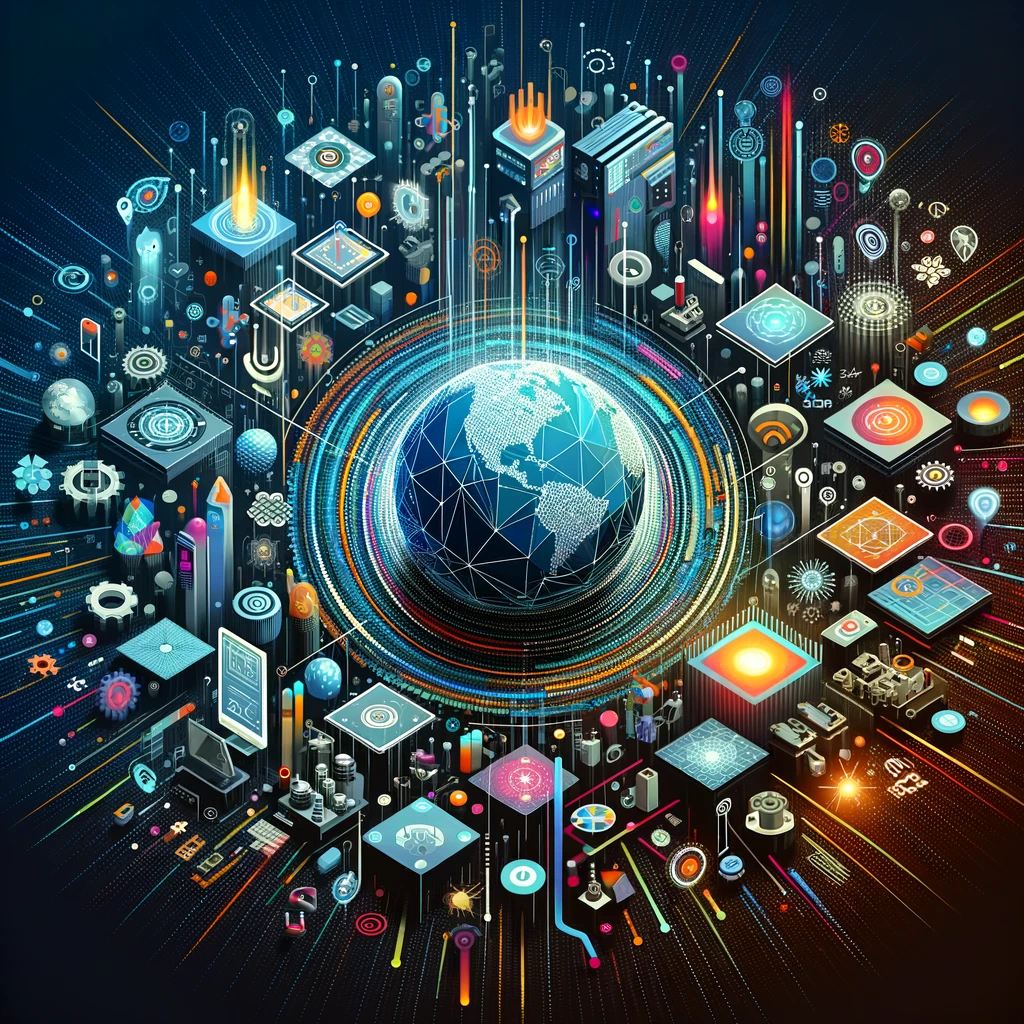
In an age where data is king, IoT smart sensors are the crown jewels of the digital revolution, offering a new level of intelligence and connectivity to both everyday objects and complex systems. These advanced devices collect data from their environment, from temperature and humidity to motion and air quality, transforming it into actionable insights. This article explores the transformative impact of IoT smart sensors and their role in enhancing efficiency, safety, and decision-making across various industries.
The Significance of IoT Smart Sensors
IoT smart sensors are at the heart of the Internet of Things, enabling the seamless integration of physical and digital worlds. By equipping objects with the ability to sense, communicate, and interact with their surroundings and with each other, these sensors open up a realm of possibilities for automation, monitoring, and control.
Key Benefits of IoT Smart Sensors
- Enhanced Data Accuracy: IoT smart sensors provide precise and real-time data, allowing for more informed and timely decisions.
- Improved Efficiency: Automating data collection and analysis processes reduces manual efforts and optimizes operations.
- Predictive Maintenance: By monitoring equipment health, smart sensors can predict failures before they occur, reducing downtime and maintenance costs.
- Environmental Monitoring: Smart sensors play a crucial role in monitoring environmental conditions, contributing to sustainability efforts and regulatory compliance.
- Safety and Security: In critical infrastructure and public spaces, smart sensors enhance safety and security by detecting potential hazards and breaches.
Applications Across Industries
IoT smart sensors are versatile and find applications across a wide range of sectors:
- Manufacturing: Monitoring machinery and environmental conditions to optimize production processes.
- Healthcare: Tracking patient health metrics for better diagnosis and treatment.
- Agriculture: Assessing soil moisture and nutrient levels to inform irrigation and fertilization.
- Smart Cities: Managing traffic flow, air quality, and public lighting to improve urban living.
- Retail: Analyzing customer behavior and inventory levels for enhanced shopping experiences.
Overcoming Challenges
Despite their potential, deploying IoT smart sensors comes with challenges such as ensuring data privacy and security, managing the sheer volume of data, and achieving interoperability among different devices and systems. Addressing these challenges requires robust cybersecurity measures, efficient data management strategies, and adherence to standards for device compatibility.
The Future of IoT Smart Sensors
As technology advances, the capabilities of IoT smart sensors will continue to expand, incorporating artificial intelligence and machine learning for even smarter data analysis and decision-making. The future promises sensors that are more energy-efficient, cost-effective, and capable of self-diagnosis and repair, further driving innovation and efficiency across industries.
In conclusion, IoT smart sensors represent a cornerstone of modern technology, enabling smarter, more connected, and more efficient systems. Their ability to transform vast amounts of data from the physical world into actionable insights has the potential to revolutionize industries, enhance quality of life, and pave the way for a more sustainable future.
